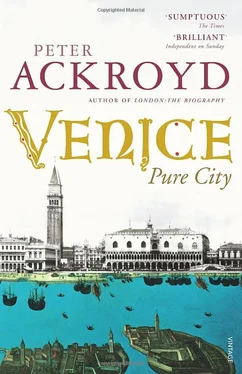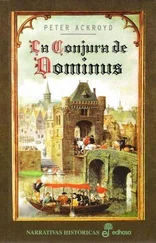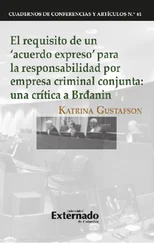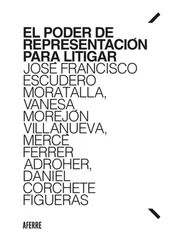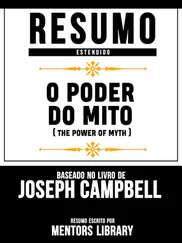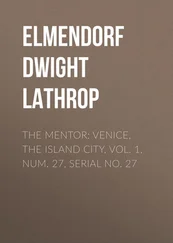It has been said also that the character of the Venetian people is like the tide, six hours up and six hours down according to the proverb. In fact there is a dialect phrase that the Venetians use to describe themselves— andara alla deriva , to be adrift. The mobility and lightness of the Venetian temperament are well known. The Venetians themselves have songs and proverbs about the sea. Coltivar el mare e lasser star la terra —cultivate the sea and leave the land to itself. There were once many popular songs that opened with the same phrase, in mezo al mar . In the middle of the sea is—what? Not familiar things. Not beautiful things. In the middle of the sea, according to the songs, are strange presentiments and terrifying apparitions. Here is a smoking chimney coming out of the waves. Here is an image of a dead lover. There is no celebration of the charm or poignancy of the sea, but rather a recital of its perils and its strangeness.
There are many legends and superstitions of the sea within popular Venetian lore. It is a shifting city, between sea and land, and thus it becomes the home for liminal fantasies of death and rebirth. According to the English traveller, Fynes Morisson, there was a statue of the Virgin in Venice which was always saluted by passing ships; it was surrounded by wax candles, burning perpetually in gratitude for her saving lives at sea. It is said that the sharp prow of the Venetian gondola was a replica of the shining blade of one of the soldier saints, Saint Theodore. On the approach of a storm Venetian sailors would take up swords and place one against the other in the shape of a cross. It was also recommended that the sailor take out a knife with a black handle and cut the air in the face of the coming storm.
Yet the sea is an intimation of impermanence. All things come from, and dissolve into, the water. It is enveloping. There is no evidence that the Venetians ever really loved the sea. It was essentially the enemy. Byron declared that the Venetians did not know how to swim and were possessed by the fear “of deep or even of shallow water.” The Venetians always prided themselves on having “dominion” over the sea, but that mastery was provisional and fearful. There was a constant fear of inundation. Of course it was the path to wealth, but the consequence was that the preponderance of their trade and power was at the mercy of the sea. The sea represented evil and chaos. It was cruel, and it was also divisive. The terror of complete submersion could also be seen in part as a nervous apprehension of divine anger. That is why there were ceremonies designed to propitiate the god or gods of the water. They may have been nominally directed towards the Christian God, but there was an element of awe and fear within the Venetian state that derived from much older creeds.
The city guarded the water, too. In the ducal palace the seat of the Magistrato alle Acque , or Master of the Waters, was adorned by an inscription stating that “The city of Venice benefiting from divine Providence was founded in water surrounded by water with water for walls. Thus, whoever might dare in whatever way to bring injury to these waters must be judged enemy of his country …” It ended with the declaration that “this law has been reckoned eternal.”
Each spring, on Ascension Day, there was a ritual that became known as “the marriage to the sea”; the spouse was the doge of Venice taking for his bride the turbulent waters. After mass in Saint Mark’s the doge and his retinue rowed into the lagoon in the doge’s own boat, the Bucintoro , followed by the nobles and guilds of the city. The doge halted at the part of the Lido where the waters of the Adriatic and the lagoon meet. The patriarch of Venice then emptied a large flask of holy water into the mingling currents. The waters of the earth and the waters of the spirit became indivisible. The Bucintoro was described by Goethe as “a true monstrance,” which means the receptacle where the holy eucharist may be displayed. So it becomes a holy grail tossing upon the waters, spreading benediction with a ritual of healing.
On the prow of the ship the doge took a marriage ring of gold and threw it into the water with the words “We espouse thee, O sea, as a sign of true and perpetual dominion.” Yet what true dominion could there be in such a union? One of the attributes of the ring is fertility, so the festival can be construed as one of the oldest of all ceremonies. It might also have been an act of supplication, designed to placate the storm-tossed and minatory sea. It could also have been a maritime version of casting the runes; there is a long tradition of rings thrown into the sea as an act of divination. All these meanings converge in this ancient rite of union with the sea, performed in spring at that place where the “inside” and the “outside” embraced. At a later date one of the punishments for heresy was death by drowning, when the condemned were rowed out to sea and despatched into the waters. These maritime executions might in turn be seen as sacrifices to the sea-gods.
At the close of one of these Ascension ceremonies, in 1622, there was a violent earthquake in Venice. Just as the doge and his courtiers returned from their voyage of celebration, a slow and regular thunder beneath the earth lasted for several seconds. Everything trembled but nothing, apart from a chimney, fell. There have been other quakes in the lagoon. It is an unstable area in every sense. An earthquake is recorded in 1084, when the campanile of S. Angelo was dislodged. Towards the end of the twelfth century there were simultaneous upheavals in Saint Mark’s Square and on the island of Torcello, suggesting that there is a “fault” lying between them. There was a great earthquake on Christmas Day 1223, and then again in 1283 when the shock was followed by a great inundation. On 25 January 1384, another earthquake set all the church-bells of Venice pealing at the same time; it was followed by another shock on the following day, and these quakes were repeated at intervals over an entire fortnight. The Grand Canal was empty, but the streets were full of water.
The weather of Venice is sea-weather; the air is damp and salt-laden, conducive to fog and mist. If the climate is equable, that may in part be the position of Venice. Averroes, the twelfth-century philosopher, was the first to calculate that Venice was at a latitude of forty-five degrees, at the middle point between the equinoctial and the northern Pole. It is another example of the extraordinary balance of Venice between the geographical regions of the earth. The climate is mild, compared with much of North Italy, because it is environed by the sea. The spring is delicate and fresh, the energetic wind blowing from the Adriatic. The summer can be sultry and oppressive but, once the sun has gone down behind the Friulian mountains, the air is freshened by the breezes from the sea. The autumn is the true season for Venice. It has an autumnal air, the air of melancholy and departure. The Venetian painters, Carpaccio and Bellini, bathed their canvases in an effulgent autumnal light.
There is, especially in autumn, the possibility of rain. A subdued greyness then haunts the air, and the sky is the colour of pearl. The rain can be persistent and torrential. It soaks through the most protective clothing. It can be blinding. Then the rivers may burst their banks, and the rising waters around Venice turn to a jade green. The best description of the Venetian rain is found in Henry James’s The Wings of the Dove , where he describes “a Venice of cold lashing rain from a low black sky, of wicked wind raging through narrow passes, of general arrest and interruption, with the people engaged in all the water-life huddled, stranded and wageless.…” The city of water is blockaded by water, as if the natural elements were pursuing their vengeance against the most unnatural city.
Читать дальше
